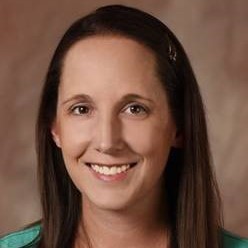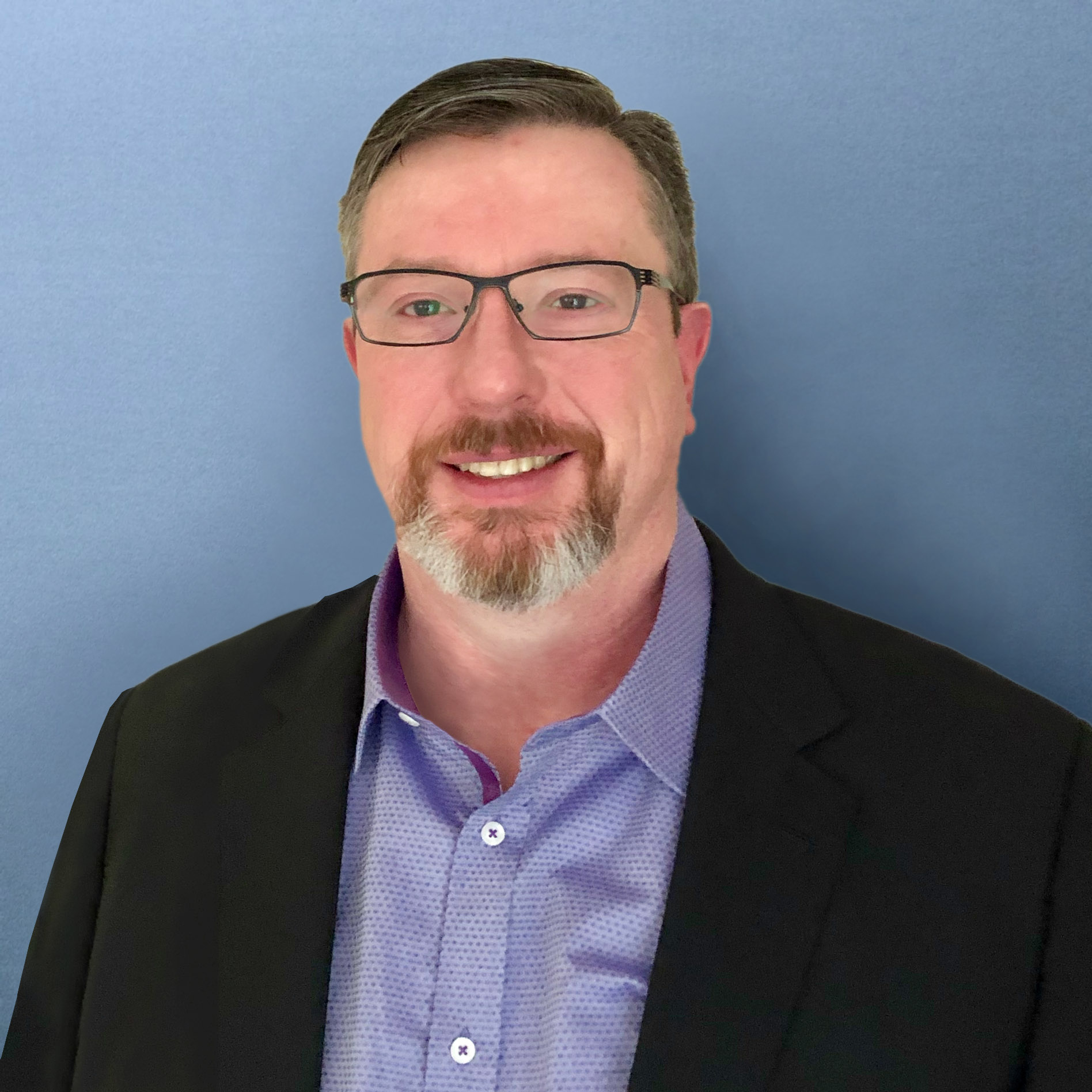|
Session C3.1
Invasive Species and Climate Change: Case Study at Lake Mead
Sarah Hoffman, CEM
2:15 – 2:45 PM ET
| About the Presentation |
|
Lake Mead, formed by the creation of the Hoover Dam in 1935, was at full capacity in the 1990s with lake elevations cresting over 1,220 feet. Climate change and downstream demands are causing a constant deficit of more than one million acre-feet every year, slowly draining the lake. Since 2000, there has been a noticeable trend in Lake Meads water levels, which have decreased over 150 feet to the current conditions at only about 27% full. On average, lake levels have dropped over 7 feet per year over the past two decades. Ramifications from this drought and record-setting temperatures on the National Park Service have planners developing contingency plans to satisfy the Parks mission.
The Lake Mead National Recreation Area (NRA) has several bays and marinas for boat services and recreational use. Bathymetric survey data was used in a feasibility report prepared by WSP to evaluate existing lake access facilities including marinas, boat launch ramps, and other visitor facilities in multiple areas within the Lake Mead NRA in order to develop conceptual designs and cost estimates for improvements that are likely to be needed at these areas as lake levels continue to recede. Based on the results of the feasibility study and areas identified by NPS as critical to sustain, WSP evaluated water quality impacts associated with an infestation of Quagga mussels-an invasive species in these waterbodies-that plagued NPS capabilities to provide potable water to NRA patrons by fouling the water intakes and treatment facilities.
WSP designed the relocation of two water intake barges pushing them further out into the bays to accommodate even lower water elevations and incorporated an innovative disinfection technology using ultra-violet light. The UV reactors are highly specialized to inactivate the Quagga mussel larvae and villagers and incorporate unique features, such as their internal reflectors and automatic dose pacing. These projects, along with others to come in the future, will help preserve the resources and values of the NPS for the enjoyment, education, and inspiration of this and future generations.
|
| About the Speaker(s) |
|
 Sarah Hoffman, CEM Sarah Hoffman, CEM
Senior Environmental Planner
WSP
Sarah started her field studies on water quality projects at Lake Mead in Southern Nevada during a nontraditional global lab course in high school. That research continued at the University of Nevada Las Vegas and has been an integral component of her professional career. Sarah has 17 years of experience managing a variety of environmental engineering and geology projects. For the past five years, Sarah has been a key team member for WSP working on Lake Mead projects for the NPS. Sarah oversaw test well installations and aquifer testing and has hosted value analysis workshops that were conducted to evaluate alternatives for providing water treatment modifications at the Lake. Sarah has been involved in these projects from initial scoping and permitting through final construction.
 Tom Payne, PE Tom Payne, PE
Associate Vice President
WSP
Thomas “Tom” Payne, P.E. has over 25 years of experience in environmental and water resources engineering with WSP. He serves as a company-wide subject matter expert and technical advisor supporting municipal, regional, state, and federal clients across the country and abroad on water supply and treatment; wastewater collection, conveyance, and treatment; and stormwater management projects. His experience includes facility planning; combined sewer abatement; research and design for infrastructure improvements; trenchless technologies for installation and rehabilitation of wet utilities; enhanced utility assessments; environmental compliance; asset management; and condition assessment.
|
Back to Schedule
|